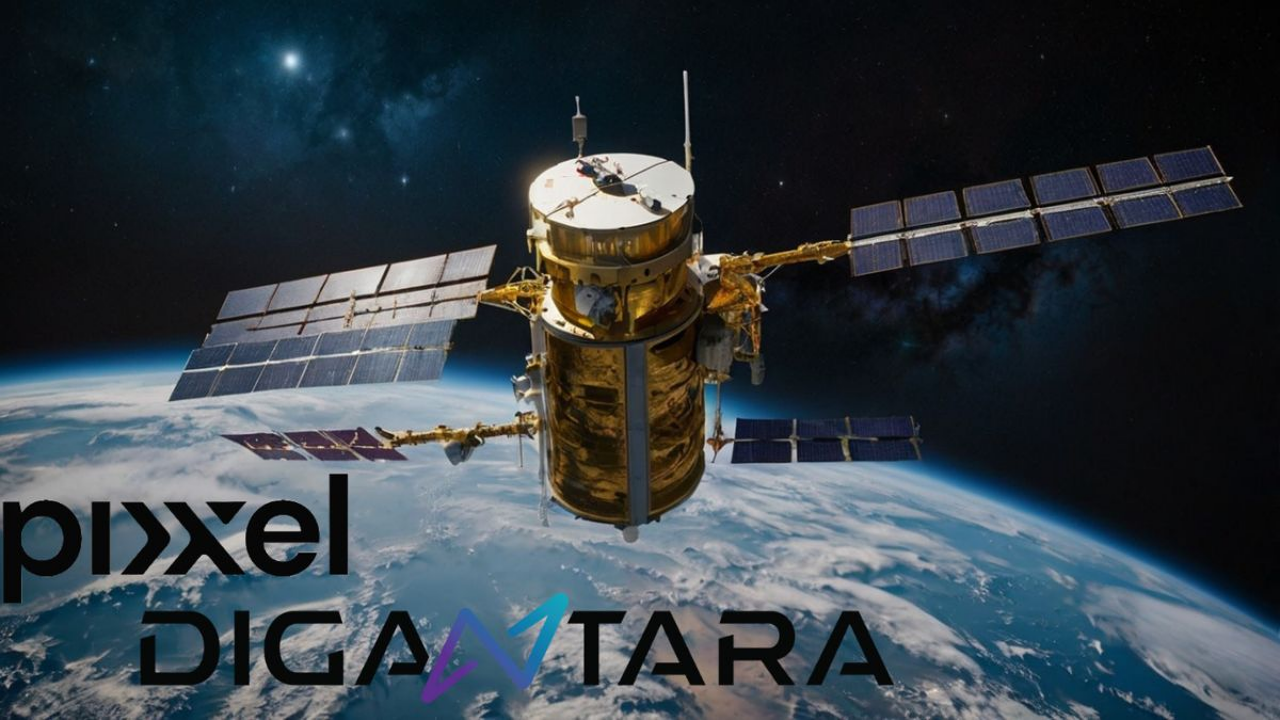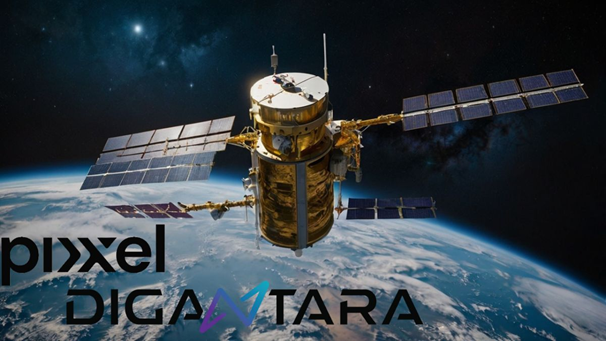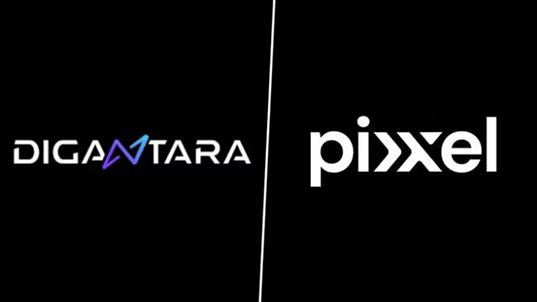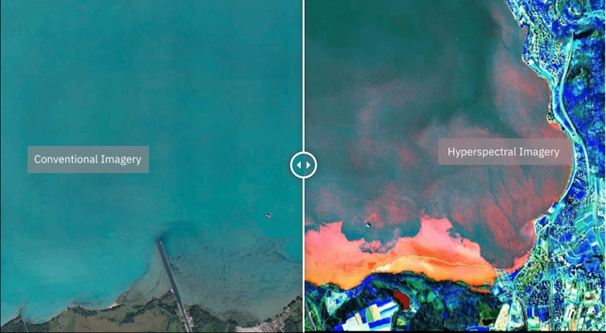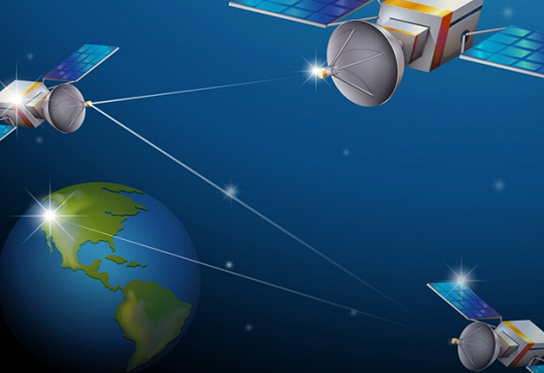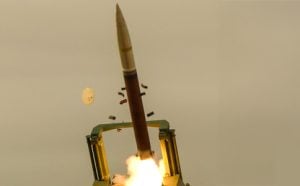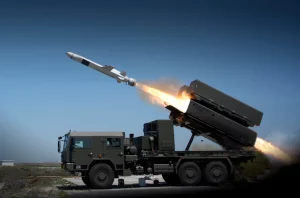Two Indian space startups Pixxel and Digantara announced the launch of their satellite aboard a SpaceX rocket. Pixxel became the first private company in India to establish its own constellation of satellites after the launch. The company plans to launch three additional satellites in the next two months followed by 18 more satellites to complete its global hyperspectral constellation.
First Indian Private Satellite Constellation Launched By Pixxel
Why In News
- Two Indian space startups Pixxel and Digantara announced the launch of their satellite aboard a SpaceX rocket. Pixxel became the first private company in India to establish its own constellation of satellites after the launch. The company plans to launch three additional satellites in the next two months followed by 18 more satellites to complete its global hyperspectral constellation.
Why It Matters
- The launch highlights the growing capability of India’s private sector in space technology. The advancements in hyperspectral imaging and space surveillance can significantly enhance global environmental monitoring and space safety.
Pixxel’s Firefly Satellites
- Bengaluru-based Pixxel company is building the world’s highest-resolution hyperspectral satellite constellation named Firefly constellation. The Firefly constellation initially consists of six satellites which are to be launched in two phases. In the first phase, three satellites were launched on January 2025 and the other three will be launched in the second quarter of this year.
- The satellites will be placed in a sun-synchronous orbit at roughly 550 km.
- The company plans to send 18 more satellites in the future to complete its Firefly constellation.
- When the company starts offering the service it will be the first private company in India to offer hyperspectral imaging satellite service to consumers.
- At present in India, only the Indian Space Research Organisation (ISRO) offers this service.Pixxel’s three Fireflies, currently the world’s highest-resolution commercial-grade hyperspectral satellites, are six times sharper than the 30-meter standard and are capable of capturing fine details previously invisible to conventional systems.
- “For the first time a 5 meter hyperspectral is available. That is what makes it unique, not just in India, but globally,” Pixxel co-founder and CEO Awais Ahmed told.
- Pixxel plans to launch three more Firefly satellites over the next two months and follow it up with 18 more in future.
- “This milestone by Pixxel, marks a significant step forward, as hyperspectral satellite imaging has a potential to play a transformative role for many use cases, especially the defence sector.
- This breakthrough enables precise monitoring of vegetation health, water quality, atmospheric conditions, and chemical compositions.
- Pixxel already has signed up more than 60 clients, including the US National Reconnaissance Organization, companies like Rio Tinto, British Petroleum, and the Union Ministry of Agriculture, who are receiving hyper-spectral data from its technology demonstration satellites.
Hyperspectral imaging satellites
- Hyperspectral imaging satellites refer to the use of technology that captures highly detailed data of Earth across hundreds of light bands. The Firefly satellite are world’s highest-resolution commercial-grade satellite with a 5-meter resolution.
- Satellites in this category normally have a 30-meter resolution. The satellite captures data across over 150 spectral bands which enables the satellite to detect subtle changes in chemical compositions, vegetation health, water quality, and atmospheric conditions.
Digantara’s SCOT satellite
- Digantara Aerospace, headquartered in Bengaluru unveiled its Space Camera for Object Tracking (SCOT), the world’s first commercial satellite to monitor space objects and debris.
- SCOT’s mission is to address the growing challenge of space congestion and debris that threaten spacecraft’s safety as Earth’s orbit becomes increasingly crowded. The satellite can track objects as small as 5 cm in Low Earth Orbit (LEO) which is often not possible due to weather, geography and limited fields of view.
Who Does This Impact And How
- Environmental and Defense Sectors: Gain from precise data for earth observation, aiding in policy-making and strategic planning.
- Space Industry: Benefits from improved space traffic management and debris monitoring, crucial for ongoing and future space missions.
- Global Community: Enhanced capabilities in monitoring and managing earth’s resources and space environment contribute to broader climate and safety initiatives.
Concerns Regarding Private Organisations
- Apart from Pixxel and Digantara big companies like SpaceX, Blue Origin and Virgin Galactic have also joined the space race in last one year. The big question is who do they really support? This became clear when SpaceX made decisions during the Russia-Ukraine conflict.
- In 2022 when Russia invaded Ukraine, SpaceX gave Ukraine free internet through Starlink. But according to a letter from US senators, Elon Musk, SpaceX’s owner might have stopped the Ukrainian military from using Starlink in southern Ukraine after talking with Russian officials. This action could have blocked a Ukrainian attack on Russian forces in Crimea.
